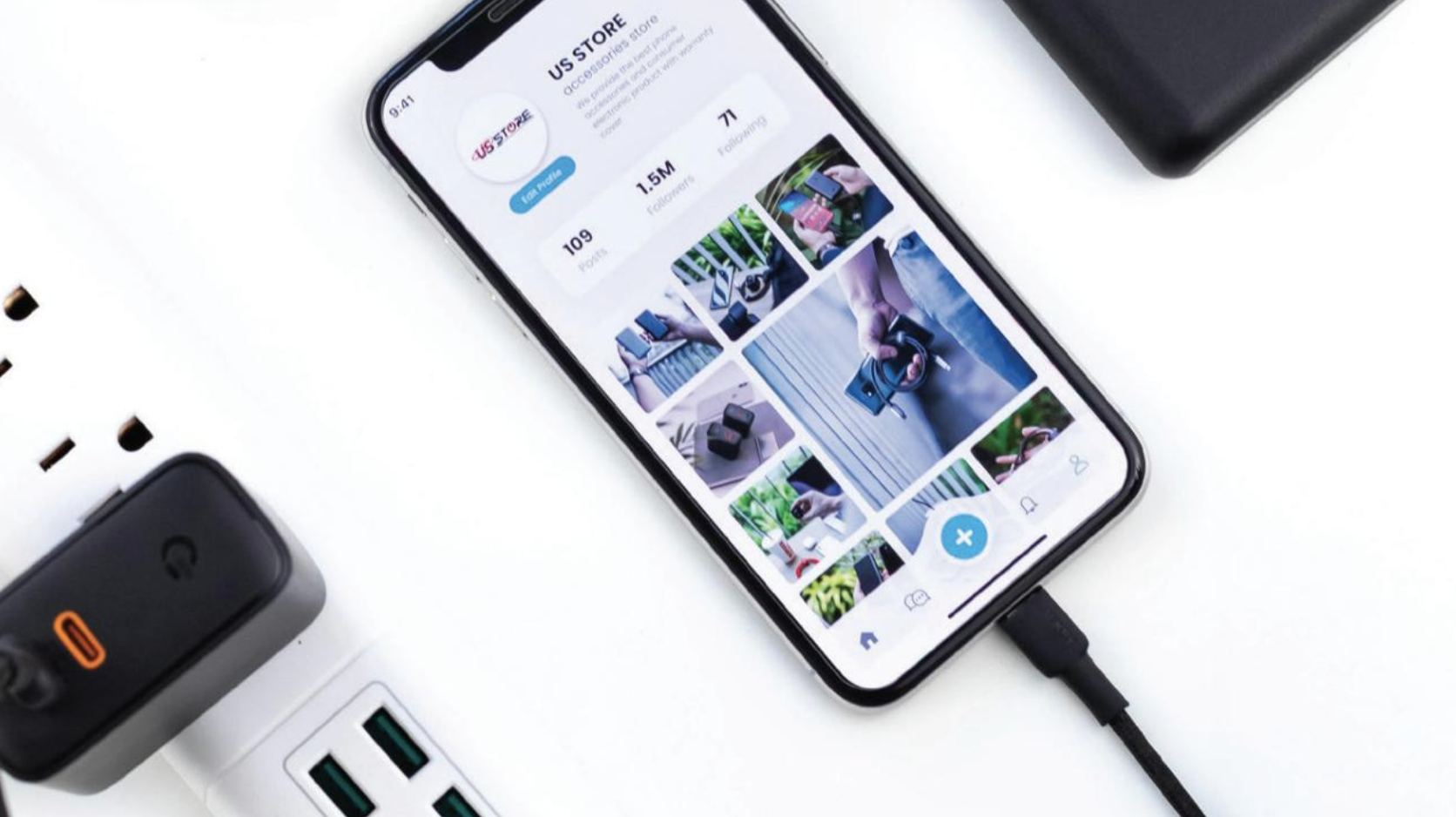Power Life Safely
May is Electrical Safety Month
By Abby Berry and Nina Todea
Every May, Electrical Safety Month serves as a vital reminder of the importance of preventing electrical hazards at home. Electricity powers nearly every aspect of modern life, but if handled improperly, it can pose serious risks, including injuries and property damage.
Your electric utility understands the risks associated with improper electricity use, which is why we’re committed to reminding you to stay vigilant and practice electrical safety year-round.
By following key safety practices, you can reduce the risk of electrical hazards and ensure your family stays protected. Here are eight essential tips for powering up safely at home:
-
Be vigilant. Regularly inspect your home’s electrical system, including smoke alarms and carbon monoxide detectors, for signs of damage or outdated components.
Electrical fires can start silently and out of sight, making functional smoke alarms and carbon monoxide detectors essential for early detection. Test alarms monthly, replace batteries annually and ensure you have alarms installed in key areas of your home, including inside and outside of bedrooms.
-
Replace frayed electrical wires or cords. The Electrical Safety Foundation International estimates roughly 3,300 home fires originate from extension cords every year, primarily due to overloading, overheating or fraying. If you’re relying on extension cords as permanent power solutions, consider contacting a qualified electrician to install additional outlets where you need them.
-
Use surge protectors. Safeguard your sensitive electronics and appliances with surge protectors. These handy devices help divert excess voltage away from your electronics, reducing the risk of damage or electrical fires. Not all power strips include surge protection, so read the product label carefully. Additionally, surge protectors can lose effectiveness over time and should be replaced when damaged or outdated.
-
Practice safe use of power strips. Avoid overloading electrical outlets with power strips that exceed the outlet’s capacity. High-energy devices, such as heaters, microwaves and hair dryers, should be distributed across multiple outlets. Overloading an outlet with “busy” power strips can lead to overheating and create a fire hazard, so be sure to check the power strip’s wattage rating before plugging in items.
-
Don’t mix water and electricity. It may seem obvious, but accidents involving water contact with electrical items happen. Always keep electrical appliances and devices away from water sources, such as sinks, bathtubs or swimming pools. Make sure your hands are dry before touching any electrical switches or appliances. Never handle electrical devices with wet hands. Ground Fault Circuit Interrupters should be installed in areas where water and electricity are typically in proximity, including kitchens, bathrooms and outdoor outlets.
-
Hire a qualified electrician for major work. While DIY projects may seem like a tempting way to save money, working with electricity requires specialized knowledge of your home’s electrical system and national safety codes. Cutting corners can be a costly mistake beyond your wallet.
Recent data from the U.S. Consumer Product Safety Commission reports nearly 400 electrocutions in the United States each year, 14% of which are related to wiring hazards. A licensed electrician has the expertise to handle major electrical tasks, such as installing new wiring, upgrading your circuit breaker panel or troubleshooting electrical issues. When it comes to electricity, safety should always be your priority—leave the major jobs to the experts.
-
Educate family members. One of the best ways to ensure the safety of everyone in your household is to talk about electrical safety. Teach children not to play with electrical outlets or appliances, and ensure they understand the potential dangers of electricity. Create and practice a home fire escape plan that includes electrical safety precautions in the event of an emergency.
Practicing electrical safety at home is essential for protecting your family, property and peace of mind. Remember, electrical safety isn’t just a one-time effort—it’s a year-round responsibility. Taking these steps can help ensure a safer, more secure home for you and your loved ones.
Electrical Fire Do’s and Don’ts
Homeowners should always take precautions to mitigate the risk of electrical fires and other electrical hazards—but what happens if those precautions are still subject to human error? Faulty wiring, power surges or malfunctioning appliances can ignite flames in an instant. In those critical moments, knowing exactly what to do can mean the difference between safely containing an electrical fire and facing a devastating loss. Follow these guidelines if an electrical fire breaks out in your home:
Do cut the power: If a faulty appliance causes the fire, unplug it immediately. If you can’t reach the plug but have a safe path to your home’s breaker panel, turn off the electricity at the panel.
Do use a fire extinguisher: Not all fire extinguishers are created equal. Electrical fires should be extinguished with Class C fire extinguishers, which are specifically designed to address electrical fires. Fire extinguishers should only be used on small, contained fires. Electrical Safety Foundation International recommends homeowners buy a fire extinguisher large enough to effectively put out a small fire, but not so heavy that it is difficult to handle. In a pinch, small electrical fires can also be smothered with a fire blanket or baking soda.
Don’t use water: Although it may be your first instinct, water conducts electricity and can make the fire worse or cause electrocution.
Do evacuate immediately: If the fire spreads out of your control, get everyone out of the house and to safety, then call 911. Closing doors behind you can slow the spread of the fire.


